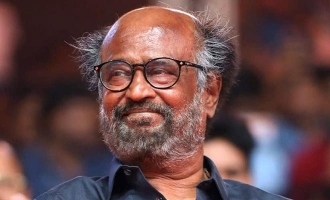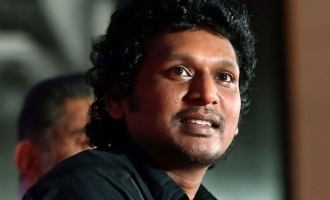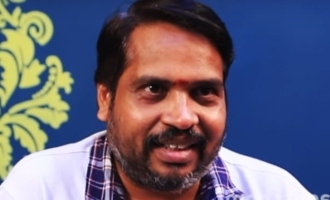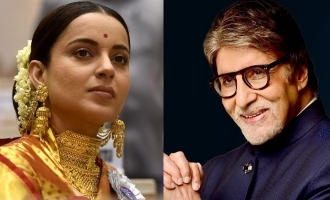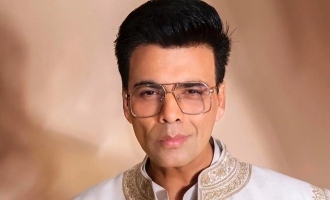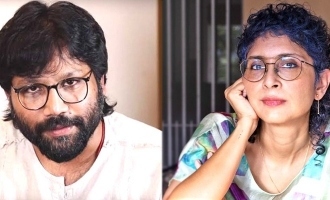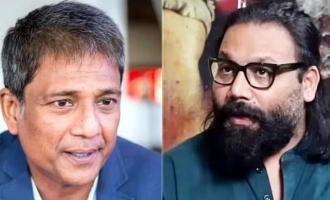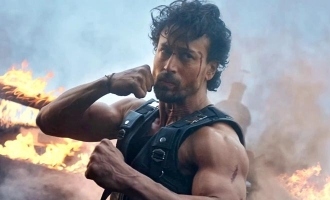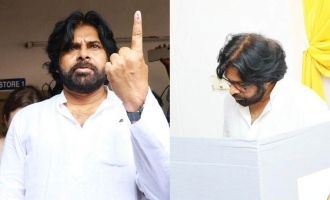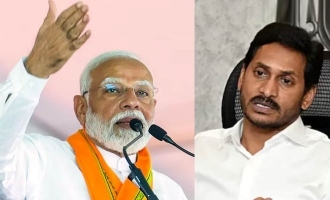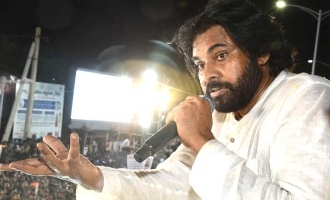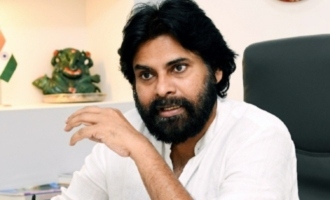Bollywood: Industry must first develop at home (OPINION)


Send us your feedback to audioarticles@vaarta.com


Gurinder Chadha's "Bride and Prejudice", which opened last month in the US, is mainstream America's first exposure to India's singing and dancing tradition of cinema. Distributed in North America by Miramax Films, "Bride and Prejudice's" publicity centred largely on its lead actress, Aishwarya Rai.
Although a household name in India and other parts of the world familiar with Bollywood, Aishwarya was introduced to America through a series of television appearances, namely on 60 Minutes, Nightline and The Late Show with David Letterman.
Almost immediately after each of the interviews was aired, Indians around America, and even at home in India, took to an analysis of her performance. Around dinner tables, on the Internet and in newspapers, we scrutinized her giggles, her grammar and the eternal question of what substance, if any, lay behind her looks. Headlines in India heralded "Ash Does Fine," while Internet interviews decreed her lack of sound judgment in choosing to wear a skirt over a sari. Almost all of us found some way to comment on Aishwarya's ability (or inability) to truly "crossover" into America. But why?
The reason, most likely, is that Aishwarya Rai is largely symbolic, a torchbearer of a larger revolution - one that takes Indian entertainment beyond the shores of the developing world, and into America.
However, instead of merely criticizing and evaluating her, we should be asking ourselves larger questions prompted by her presence - why, as a culture of global Indians, are we so obsessed with a marriage of Bollywood into the West? Why are so many of our filmmakers at home in India seeking to make the next big "crossover" film? And why, when we say that Bollywood is the largest film industry in the world, making movies for a global audience of nearly three billion, why when one actress arrives in Hollywood, do we turn our entire focus to her? Are we just seeking appreciation and acceptance from the West? And what about our industry at home? What is actually happening to Bollywood in Mumbai?
Aishwarya's arrival in Hollywood, and its surrounding media blitz, needs to be viewed beyond that of one individual. She is cultural capital, a symbol of the Indian ethos, the Indian entertainment industry and a larger possibility. The challenge is to translate this into economic growth, and that is where the Indian industry at home becomes critical.
India, and much of the world, is fixated on Hollywood because, despite making less than half the number of films as the Indian industry, it is the largest moneymaking film industry in the world. "Titanic", released in 1997, earned $1.8 billion dollars at the global box office, more than the near 1,000 films combined released by the Indian industry in that year. Hollywood, through its years, has built itself into this industry - it has created and shaped institutions that support talent, recognize achievement and respect the creative process.
Aishwarya offers India an entry point into Hollywood, and the global film industry. However, without the proper attention to our own processes, institutions and policies, the opportunity for global expansion may not materialize.
Recognized as an official "industry" by the Indian government in 2001, the Indian film industry finally became eligible for bank finance and opened up to foreign investment and, thus, increased credibility. Despite these changes, the industry continues to operate much as it has in the past, with illegitimate sources of financing still rampant. The Indian industry has not adequately studied its audiences with market research surveys and it is typical for films in India to not fully recoup their investment. These numbers, however, are difficult to monitor, as there is no single reputable source of box office receipt information in the country. On any given week, all of the film trade journals may report different information on collections for a particular film, as producers, distributors and exhibitors do not fully disclose their particular cut of a deal.
In addition to financing and monitoring of funds, the Indian industry suffers from a severe lack in training institutions for creative talent. The once highly regarded Film and Television Institute of India is severely under-funded and understaffed, with equipment that has not been updated for over a decade. There are few other training schools for actors, writers, directors and more, contributing both to stale content and an ingrained lack of respect for creative pursuits, as they seemingly do not require a degree. India has not cultivated institutions that support creative professionals either - there is no Directors Guild or Writers Guild to work with individuals on their rights and support them in their professions, within an Indian context.
All of these issues prevent India from creating and sustaining a stronger film industry at home, and one that is exportable beyond its boarders. Government institutions that support the entertainment industry are nearly defunct in their financing and international marketing abilities. Government leaders are ineffective and uninterested in communicating with Western counterparts, and regulatory policies are altered or postponed on a whim, making it difficult for US studios and distribution companies to keep up with policy changes that effect their interaction with India. Piracy is still rampant, high rates of entertainment tax plague distributors and exhibitors, and co-production treaties with countries such as Canada and Italy have been stalled for upward of three years.
Aishwarya Rai, whether giggling or not, draws interest and attention to our industry, and is paving the way for a greater international audience. The globalization of the Indian entertainment industry may begin with one actress, but it cannot be sustained by her alone. India requires a movement that develops its own talent while drawing production to its borders, much like the software industry did in the 1990s, supported by institutions like the IIT's, and organizations like NASSCOM and TiE. In order to create a truly international industry, one that not only moves West but also builds East, we must first cultivate Bollywood at home, and continue to entertain billions of people as only we do best.
(Rajal Pitroda is a Chicago-based Indian American who has studied the Indian entertainment industry)
Follow us on Google News and stay updated with the latest!




 Follow
Follow


